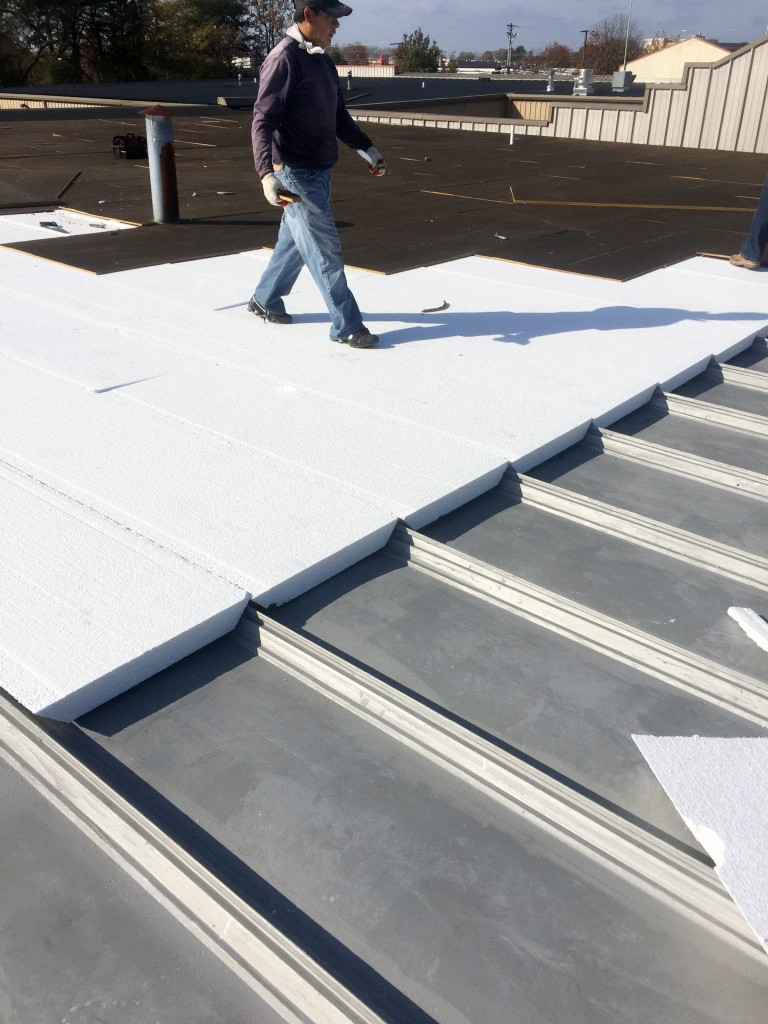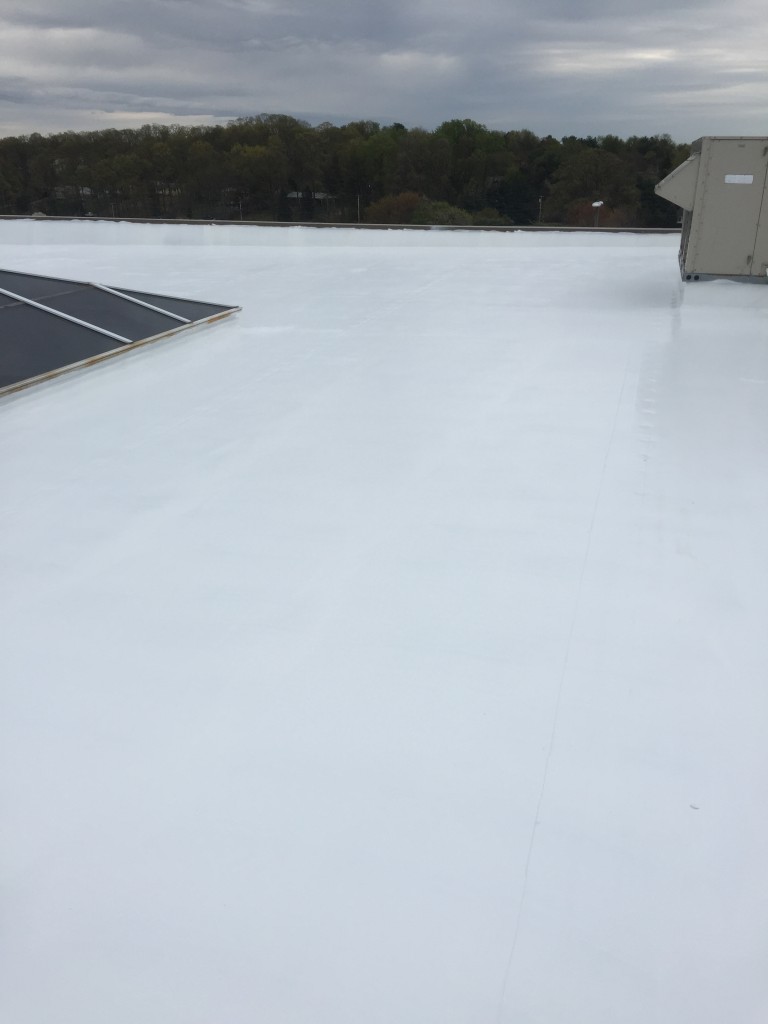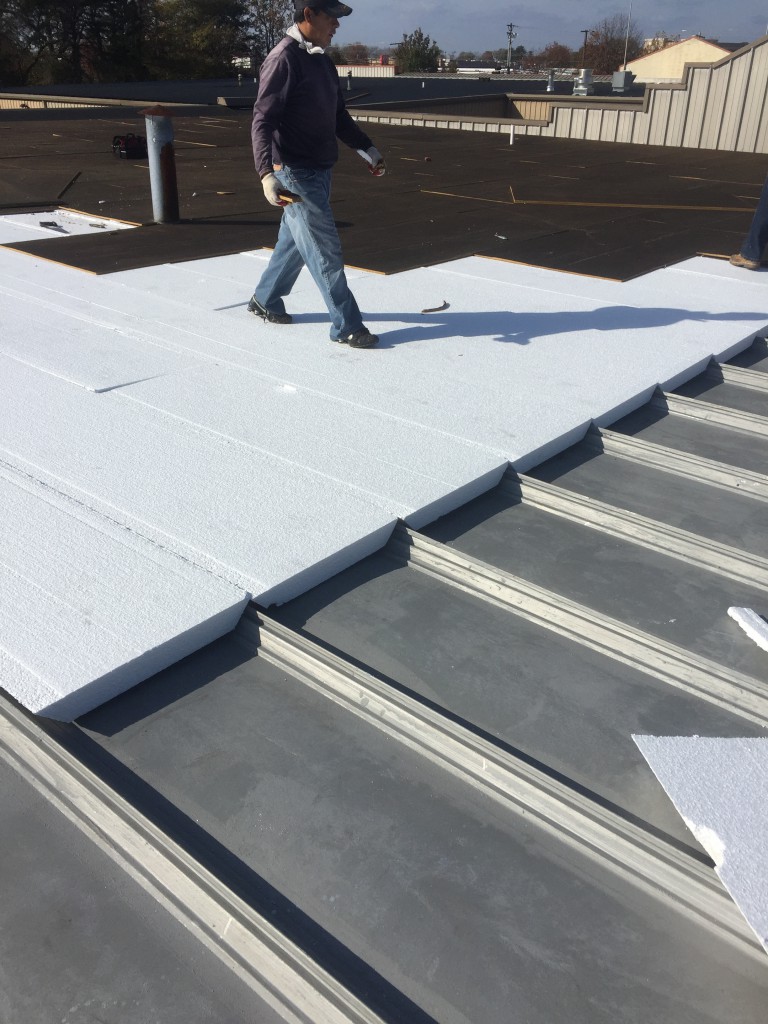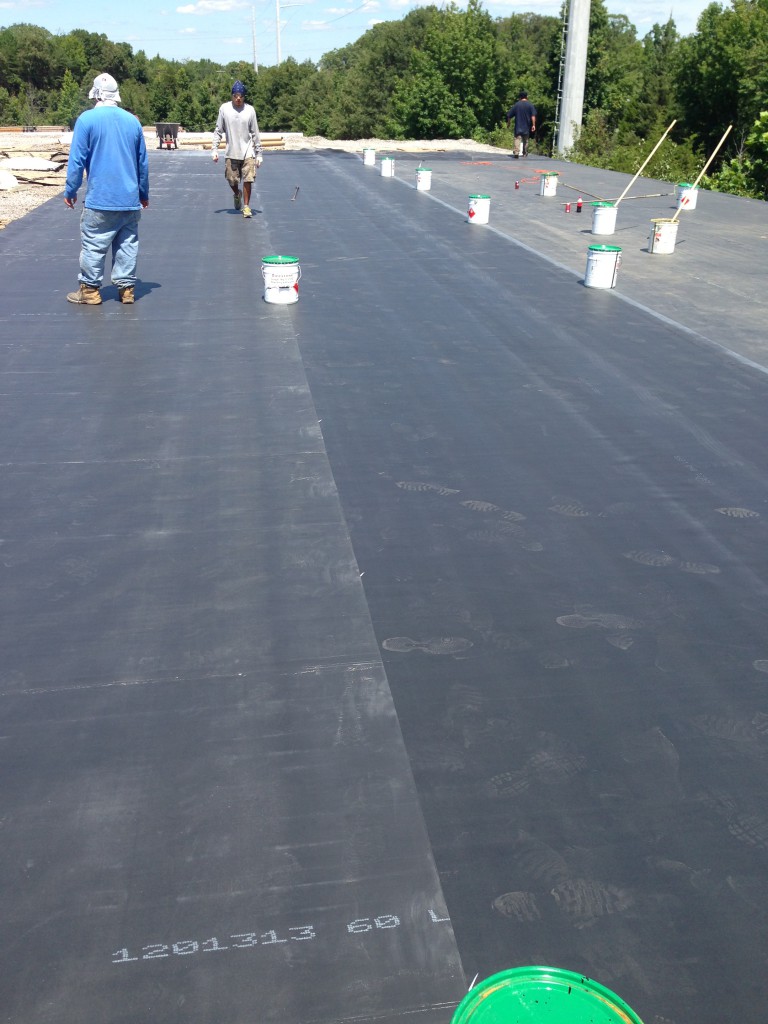Kings Roofing Commercial Flat Roof Services
We are able to work with a wide variety of flat roof materials and systems, including our most common services: EPDM roofs, white TOP roofs, hot tar roofs, and torch down roofs. Here is more basic information about each roofing system. For any questions or concerns please don’t hesitate to contact us directly.
Typically, flat roofs are better suited for commercial structures than sloped options. Due to the large square footage of the building itself, a sloped roof would prove to be much more expensive, difficult to install, maintain and repair than a flat roof. In addition, flat roofs provide the advantage of easy roof access and sufficient space for required equipment – especially regarding industrial purposes – for vents, exhausts and perhaps even technologies such as PV panels or green roof materials.
- EPDM roofs:
Often a top choice for commercial roofing projects due to its superior durability, EPDM roofs are made of ethylene and propylene, derived from oil and natural gas. When combined, the elements create a robust rubber membrane praised for exceptional waterproof qualities. Choose between black or white, various widths and two thicknesses: 45 or 60 mils.
- White TPO roofs:
TPO roofs, short for thermoplastic, also utilize ethylene and propylene as the primary ingredients. When combined, the single-ply rubber membrane is then welded together using hot air at the seam locations to create a virtually seamless material. These provide excellent defense against fire, chemicals, algae and extreme weather.
- Hot tar roofs:
A widely used material throughout the U.S. in the past century, hot tar roofs are also often referred to as a built up system or BUR. The installation includes layering fiberglass-based asphalt with reinforcing plies to create a sturdy and waterproof roofing system.
- Torch down roofs:
Similar to the hot tar roofs, torch down systems also utilize asphalt and reinforcing plies. The difference here is in the application – and hence where the name comes from. During installation, the overlapping areas are torched down to join the seams and create a rubber sheet that is not only waterproof, but also adds extra strength to the roof.



